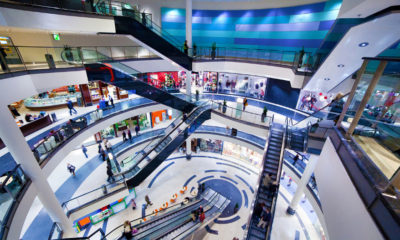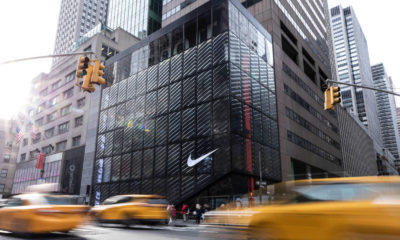Welcome to my monthly blog for VMSD, where I am supposed to avail you with facts, expertise and opinion. And I do have lots of opinions – some who know me well might say too many. Facts, I am not so sure. But, hey, I’m a designer, it’s more about the emotional connection and subjectivity, people say.
We’ve all heard the expression “design is art and science blended together.” Ideally, that would be true, but at times I think we’ve lost our purpose along the way. In my work, I often catch myself thinking, “Why are we doing the same things over and over again?” “Why is there a blank canvas every time?” “Aren’t we making it up; relying on intuition?” A caveat to our clients, this is not how we work in our office. Obviously, we follow a rigorous and strategic creative methodology with measurable ROI.
If Netflix can know – not feel – and quantitatively and qualitatively predict that Kevin Spacey in a political drama would be a success based on its finely tuned algorithms, then why can’t we, as designers, work with that level of purpose and assuredness?
When I started thinking about subjects for my blog, I was certain that the digital disruption of the retail store format was going to be my topic of choice. (According to a plethora of statistics in shoppers’ habits, we officially crossed into the future in 2015.)
After all, I grew up with a physicist as a father, left home at 18 to go to art school and pioneered virtual reality in architecture, which brought me to the U.S. nearly 20 years ago. As an undergraduate in product design, I was taught to think strategically, and over my career, I worked for fashion retailers and high-end design and branding firms all over the globe.
Recently, my passion for design and technology merged while working for the innovative company, OTG Management (New York). It felt like this was the convergence of my two paths.
Advertisement
Upon considering this shift in retail design as my topic, I read a multitude of industry blogs and articles, and quickly realized that we are awash with opinion about this changing landscape.
There is a lot of great design work being created based on good faith and experience, but not always solid data. I can remember many meetings with clients and merchants in which, through experience as a designer, I just knew some of our ideas would improve sales (e.g. the design of a display and its position within the store). But I did not know with certainty, or have the data to back up my theory that it would indeed drives sales and customer loyalty.
And now, here we are, in the midst of the most data-rich era, and digital is the second layer of the unknown. We are at a defining crossroads as an industry. The fundamentals are still the same: The product is still the single most important thing, and our product as an industry is still great design. Everything else grows from an authentic product. For retailers, they must believe in their product; the same is true for us.
Our clients look for expertise and knowledge, and in this changing time, some of them (most, if they are honest) are still a little uncertain. And so are designers.
So now what should we do; how do we find and discover genuine, helpful facts? How do we develop and adapt our design process and knowledge to support what our clients need and consumers desire? How can we prove and improve design? As I mentioned at the start of my blog, I do not have all the answers.
But I have an idea, and throughout the coming year in my blog, I intend to explore and find some answers. Each month, I will undertake research – live, actual hands-on research. It may be visiting a neighborhood in New York and reporting what’s happening at the grassroots level in retail and digital, or attending an event that is tangential to the industry. Our team may even build a VR lab to roleplay and measure shopping habits in the year 2020. The latter is far-fetched, perhaps, but isn’t that what we should be doing as designers? I will attempt to present you with some facts, and, as always, I will definitely have an opinion.
Advertisement
We may just learn something about the future of retail, but we will probably find out more about the future of how we need to work as retail designers.
As a new creative director for retail at dash design, Peter Burgoyne has built a reputation for elevating retail design by combining disparate elements into a cohesive, strategic vision. His passion for technology and drive to make the retail experience powerful, memorable and results-driven has allowed him to work with clients such as Saks Fifth Avenue, Tumi, Kenneth Cole, Lord & Taylor, Duane Reade, Printemps, Shinsegae and Holt Renfrew, to name a few. Peter’s background in industrial design also allows him to take a holistic approach to design and view opportunities through “different lenses.” It also keeps him laser-focused in his journey to answer the question: “Is there a better way of doing this?” Burgoyne is a member of VMSD’s Editorial Advisory Board.


 Headlines1 week ago
Headlines1 week ago
 Photo Gallery15 hours ago
Photo Gallery15 hours ago
 Headlines2 weeks ago
Headlines2 weeks ago
 Headlines2 weeks ago
Headlines2 weeks ago
 Sector Spotlight1 week ago
Sector Spotlight1 week ago
 Headlines1 week ago
Headlines1 week ago
 Headlines2 weeks ago
Headlines2 weeks ago
 NEXT UX2 weeks ago
NEXT UX2 weeks ago















